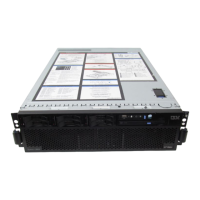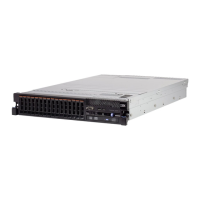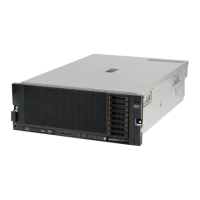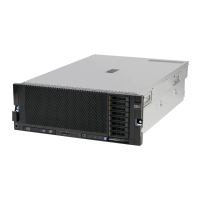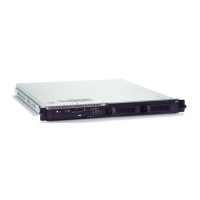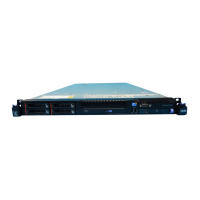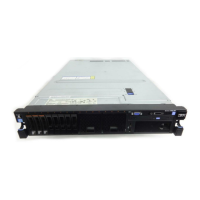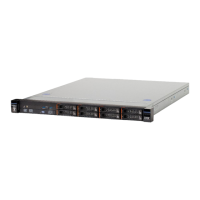Chapter 2. IBM eX5 technology 47
CKE Low Power (Default:
Disable)
This option enables the memory to enter a low-power state for power savings by reducing
the signal frequency.
Patrol Scrub (Default:
Disable)
This option enables scheduled background memory scrubbing before any error is
reported, as opposed to default demand scrubbing on an error event. This option provides
better memory subsystem resiliency at the expense of a small performance loss.
Memory Data Scrambling (Default:
Disable)
This option enables a memory data scrambling feature to further minimize bit-data errors.
Spread Spectrum (Default:
Enable)
This option enables the memory spread spectrum feature to minimize electromagnetic
signal interference in the system.
Page Policy (Default:
Closed)
This option determines the Page Manager Policy in evaluating memory access:
–
Closed: Memory pages are closed immediately after each transaction.
– Open: Memory pages are left open for a finite time after each transaction for possible
recurring access.
– Adaptive: Use Adaptive Page Policy to decide the memory page state.
– Multi-CAS Widget: The widget allows multiple consecutive column address strobes
(CAS) to the same memory ranks and banks in the Open Page Policy.
Mapper Policy (Default:
Closed)
This option determines how memory pages are mapped to the DIMM subsystem.
–
Closed: Memory is mapped closed to prevent DIMMs from being excessively
addressed.
– Open: Memory is mapped open to decrease latency.
Scheduler Policy (Default:
Adaptive)
This option determines the scheduling mode optimization based on memory operation:
– Static Trade Off: Equal trade-off between read/write operation latency
– Static Read Primary: Minimize read latency and consider reads as primary operation
– Static Write Primary: Minimize write latency and consider writes as primary operation
–
Adaptive: Memory scheduling adaptive to system operation
MAX5 Memory Scaling Affinity (Default:
Non-Pooled)
–The
Non-Pooled option splits the memory in the MAX5 and assigns it to each of the
installed processors.
– The Pooled option presents the additional memory in the MAX5 as a pool of memory
that is not assigned to any particular processor.
2.8 IBM eXFlash
IBM eXFlash is the name given to the eight 1.8-inch solid-state drives (SSDs), the
backplanes, SSD hot-swap carriers, and indicator lights that are available for the x3690 X5,
x3850 X5, and x3950 X5.
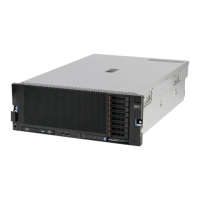
